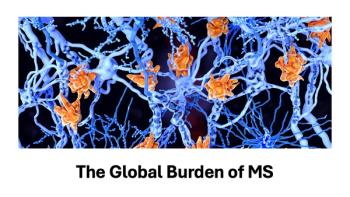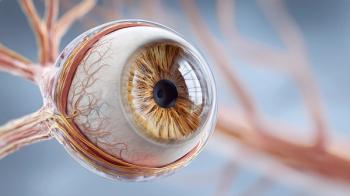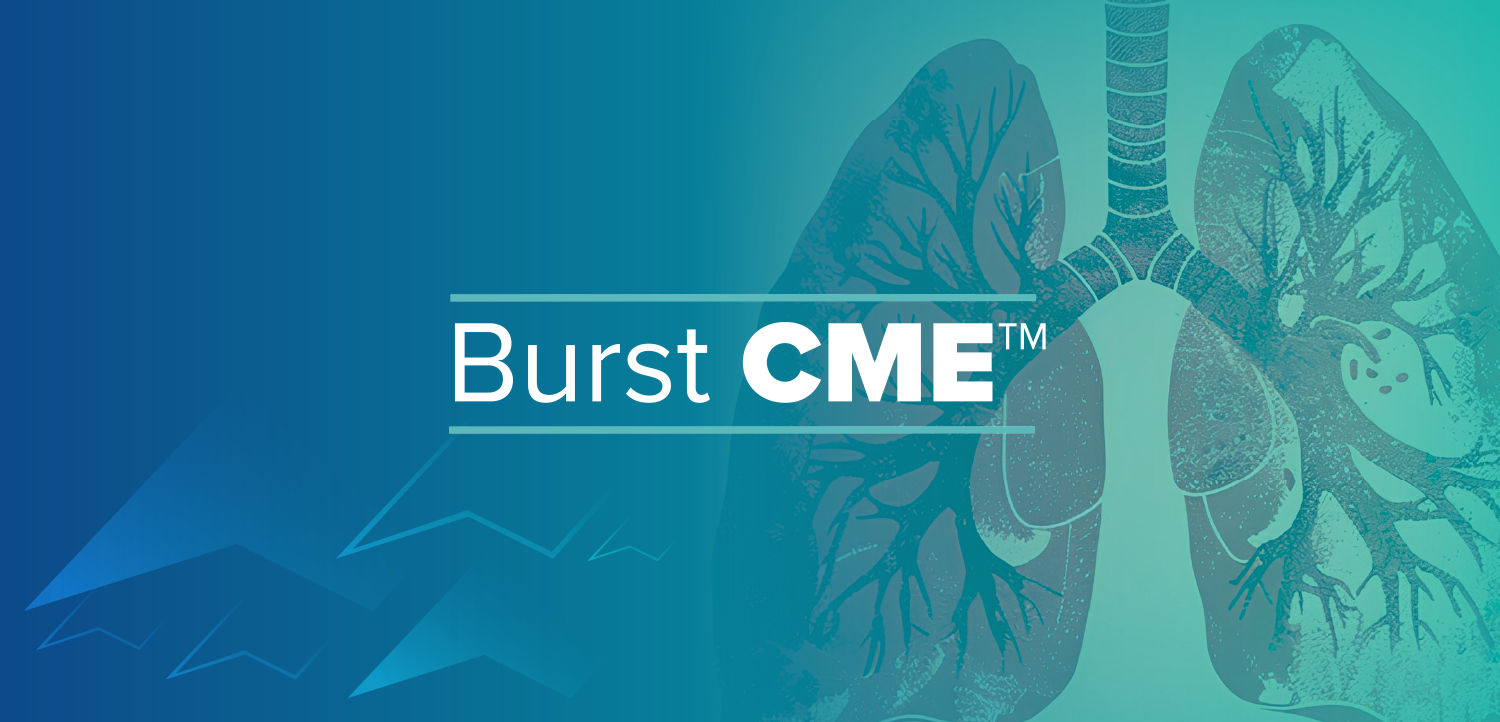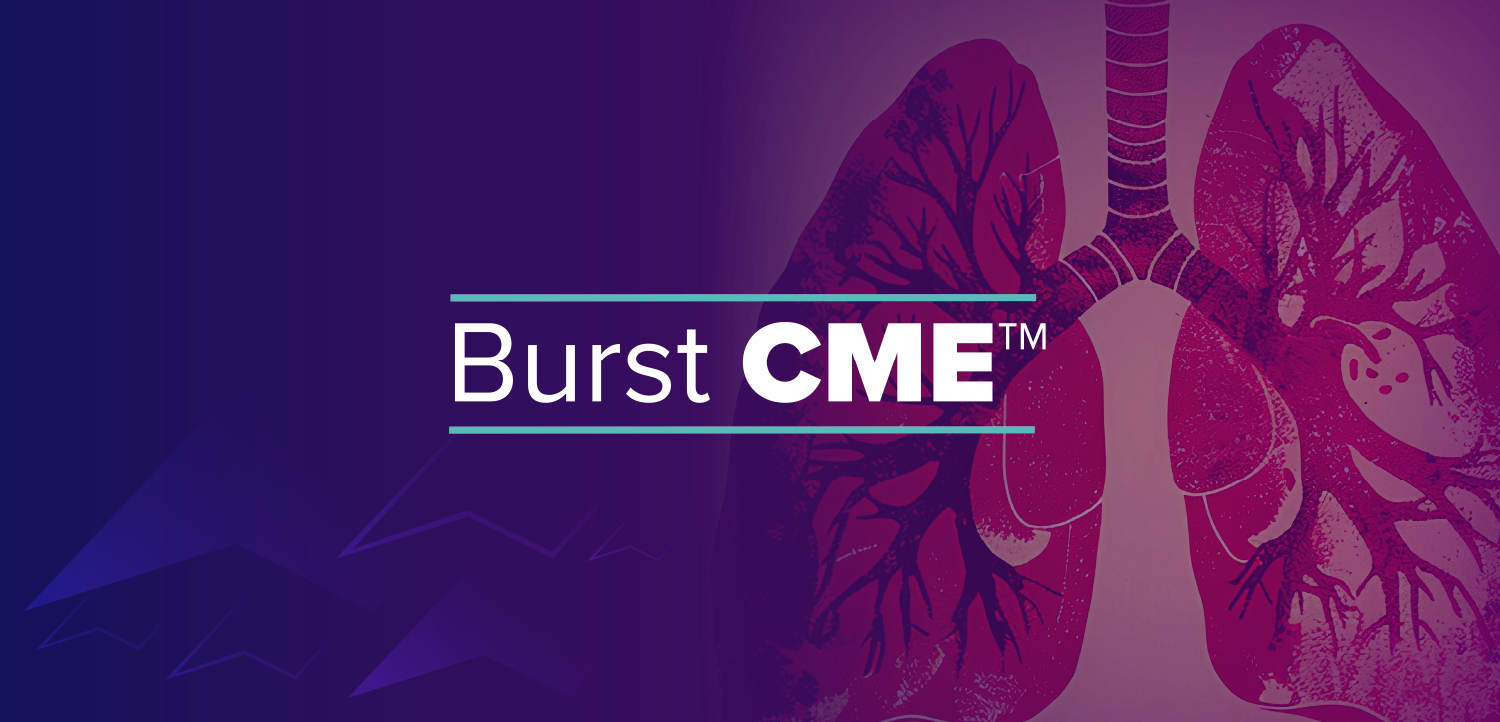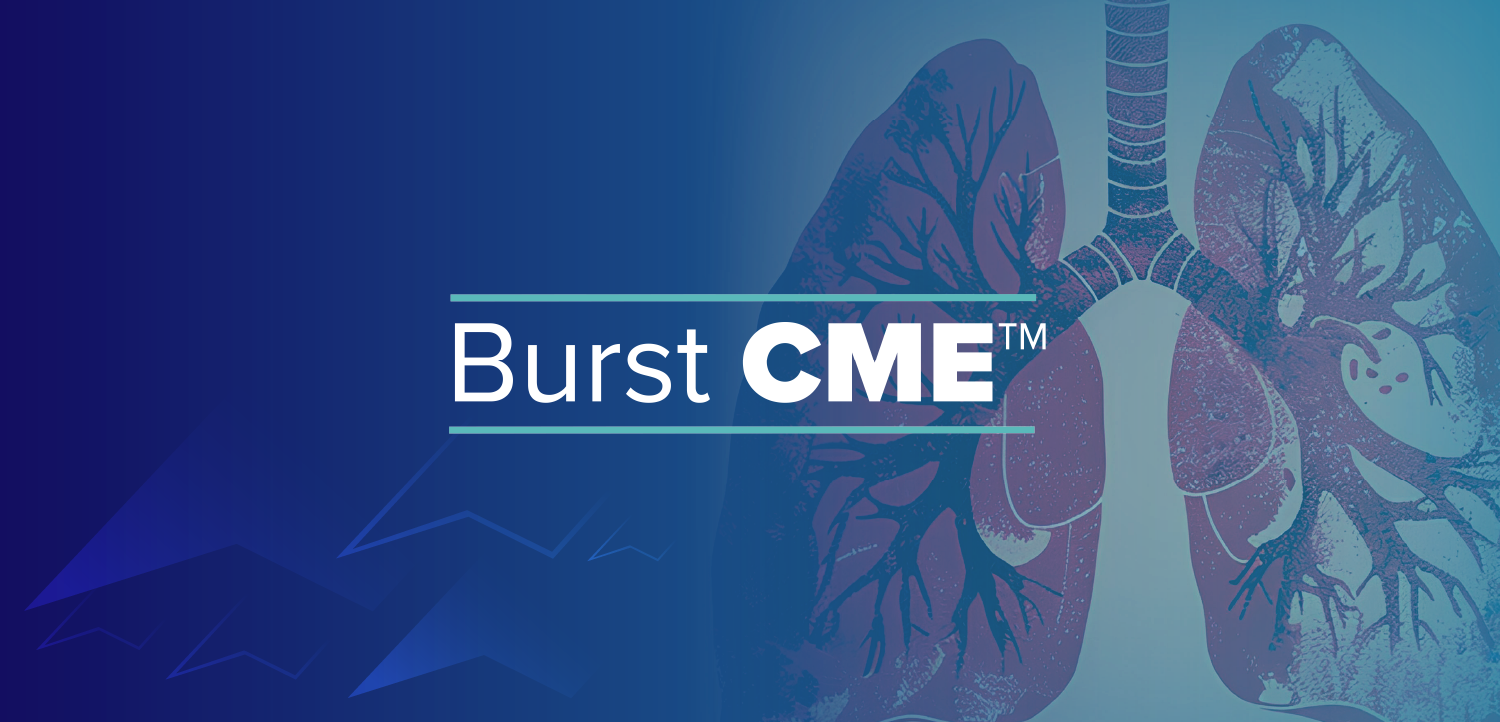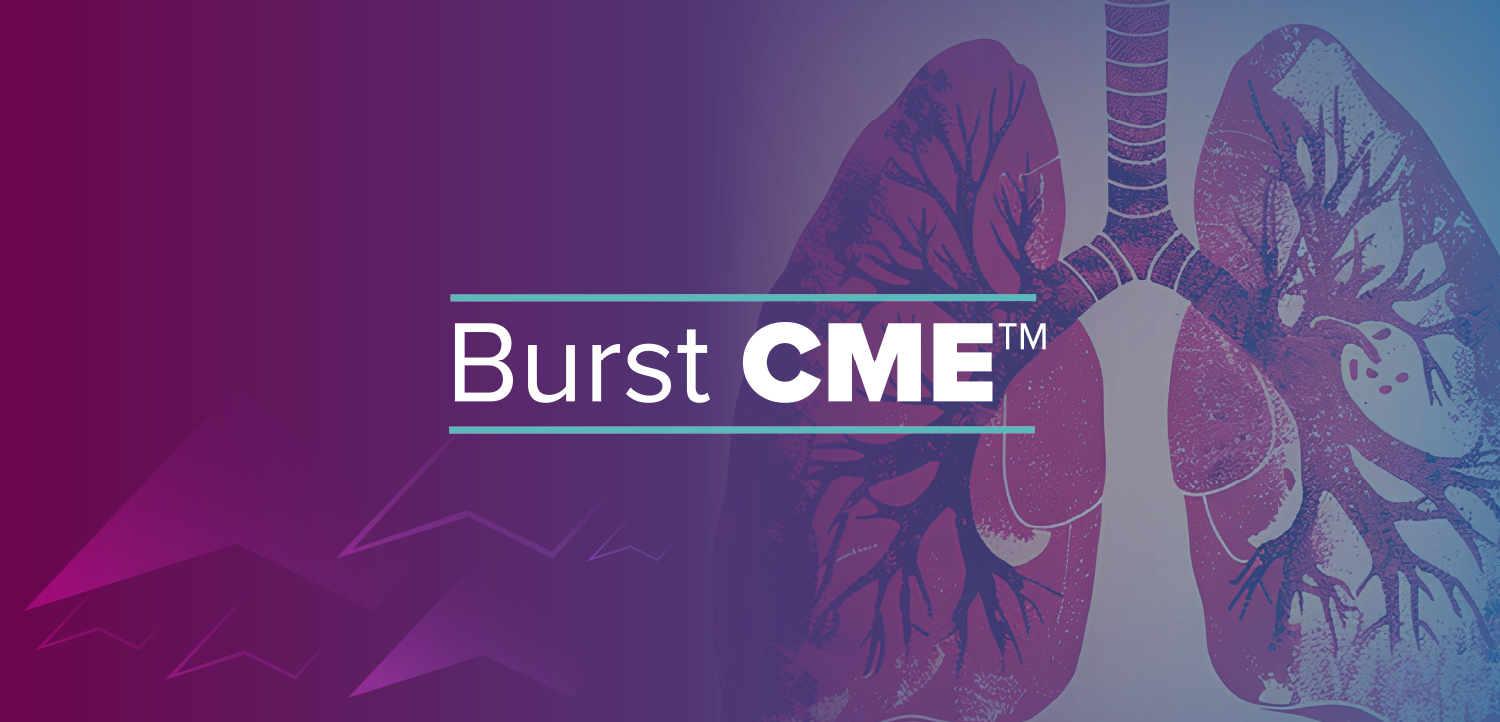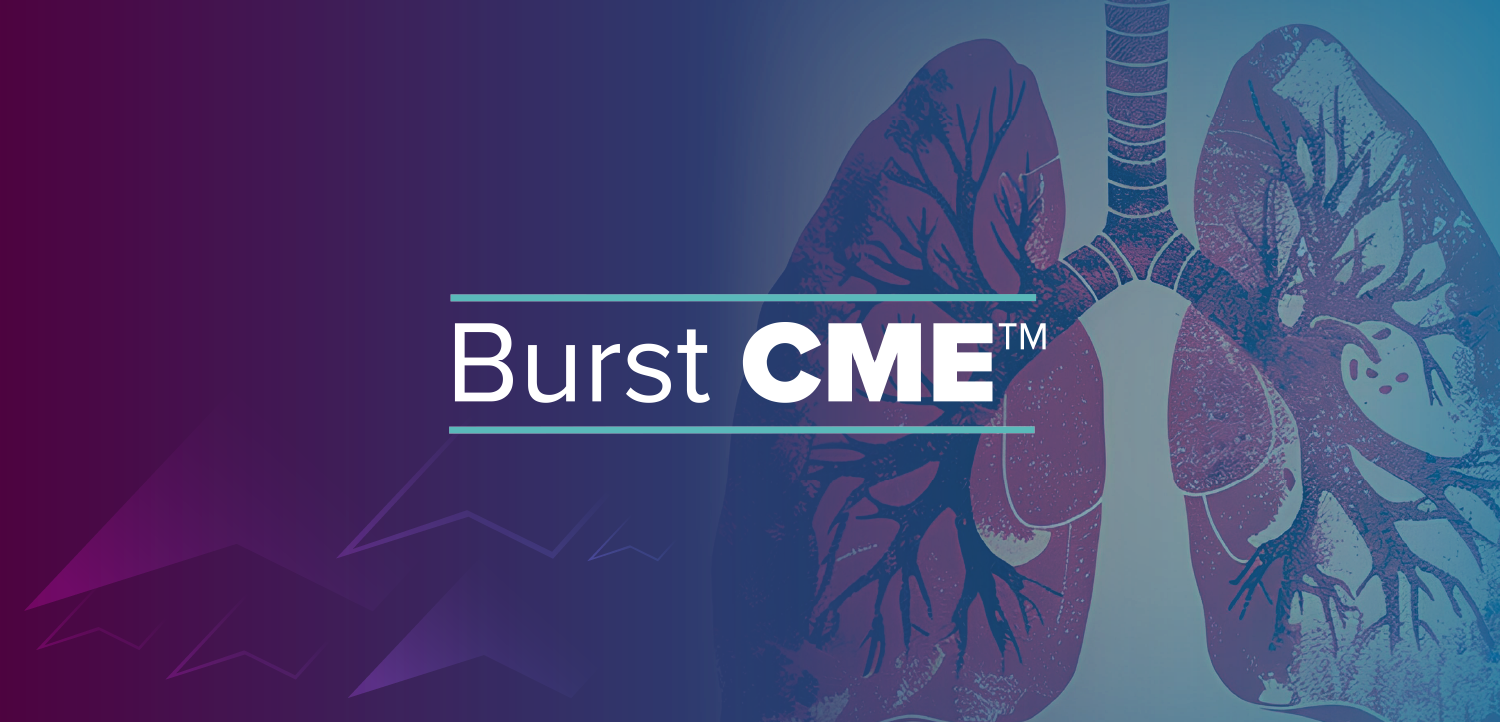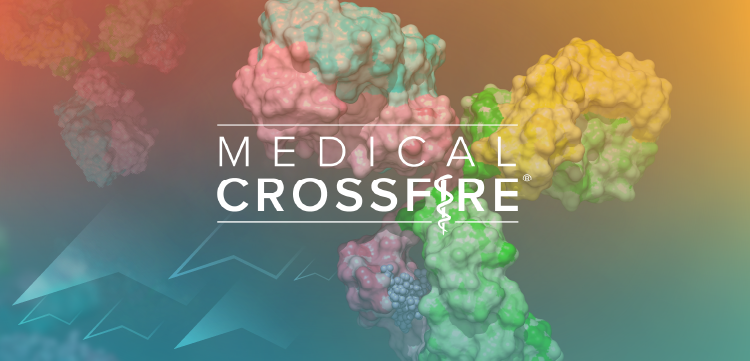
Top 4 future impacts of 3D printed drugs
FDA’s approval of the first 3D-printed pill – Spritam to control epileptic seizures – will have a major impact on the medical and pharmaceutical community as a whole.
FDA’s approval of the first 3D-printed pill – Spritam to control epileptic seizures – will have a major impact on the medical and pharmaceutical community as a whole.
Related:
“3D printing is about to also have a massive impact in the very near future,” said Dan Benamoz, RPh, CEO of Pharmacy Development Services, a business education, coaching and mentoring firm in Palm Springs, Fla. “Already, 3D printing is being used by NASA and now we are getting into medicine.”
FormularyWatch’s top predictions on the future impact of 3D printed drugs include:
1. A number of other drugs – and medical products – will likely be produced via 3D printing. Aprecia Pharmaceuticals, the manufacturer of Spritam, has already received more than 50 patents related to pharmaceutical applications for 3D printing. And many other companies are expected to get into 3D printing of drugs. In addition, manufacturers such as Aspect Biosystems are developing 3D printed human tissue, initially to be used by pharmaceutical manufacturers for testing drugs. However, in the future, manufacturers could be printing human tissues and organs.
2. 3D printed medications could be easier for patients to take, signficinatly boosting medication adherence and the overall experience of taking medications. For example, Aprecia Pharmaceutical’s proprietary 3D printing process, ZipDose Technology platform, allows the pill to dissolve almost instantaneously when added to a liquid. “It literally melts in your mouth with just a sip of water or other liquid, making it easier to swallow,” according to
Related:
3. 3D printing is highly personalized to each patient, which will virtually eliminate the “one size fits all” approach in the future. Aprecia Pharmaceuticals, for example, has the ability to offer high dosages up to 1,000 mg. with 3D printing – and each dose is the same. “With 3D printing, each dosage can be individually measured and then printed,” The Washington Post article stated. Another application could be producing one pill that combines several different medications that patients are taking, according to
4. Smaller batches of drugs will also be much more economical to print than to manufacture using traditional methods, according to Procurement Leaders. This would reduce the cost of formulating drugs to treat rare conditions or to test in clinical trials, and facilitate innovations in personalized medicine.
Read next:
Newsletter
Get the latest industry news, event updates, and more from Managed healthcare Executive.

